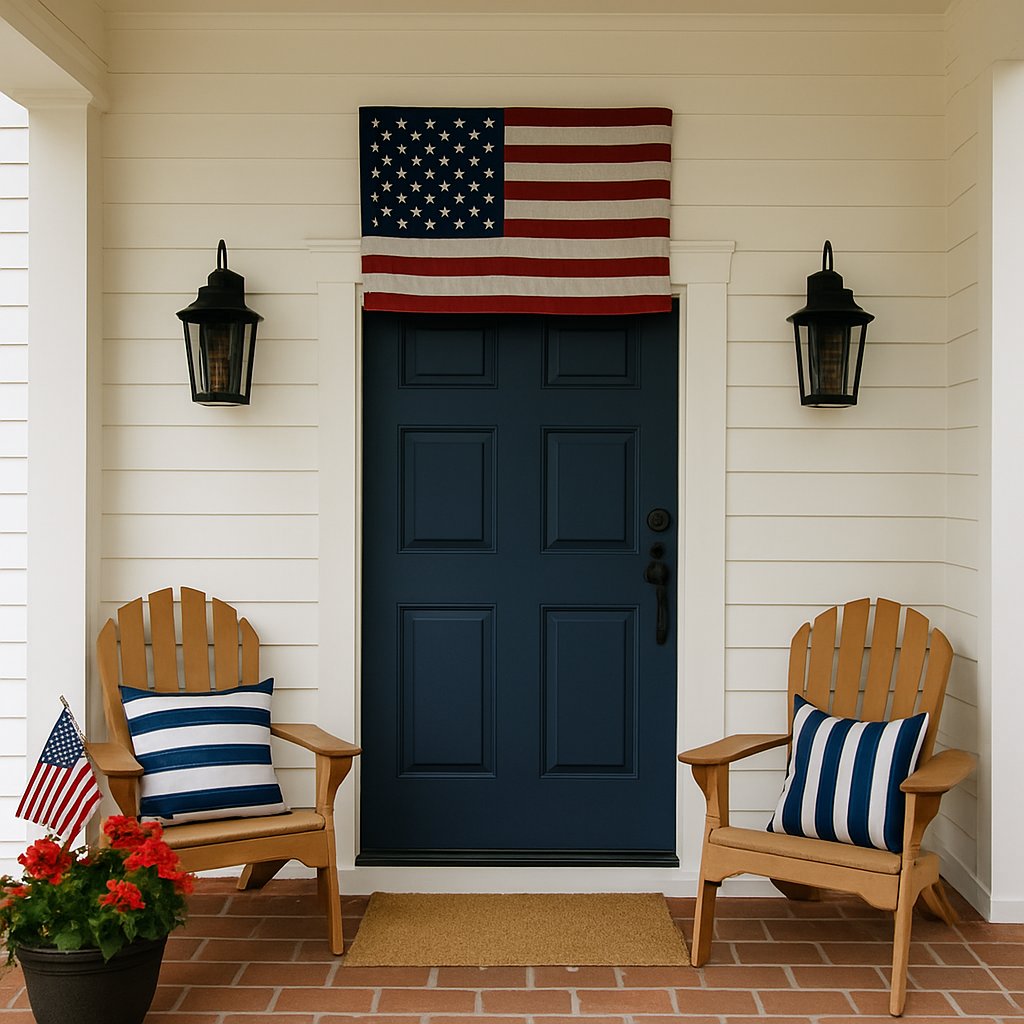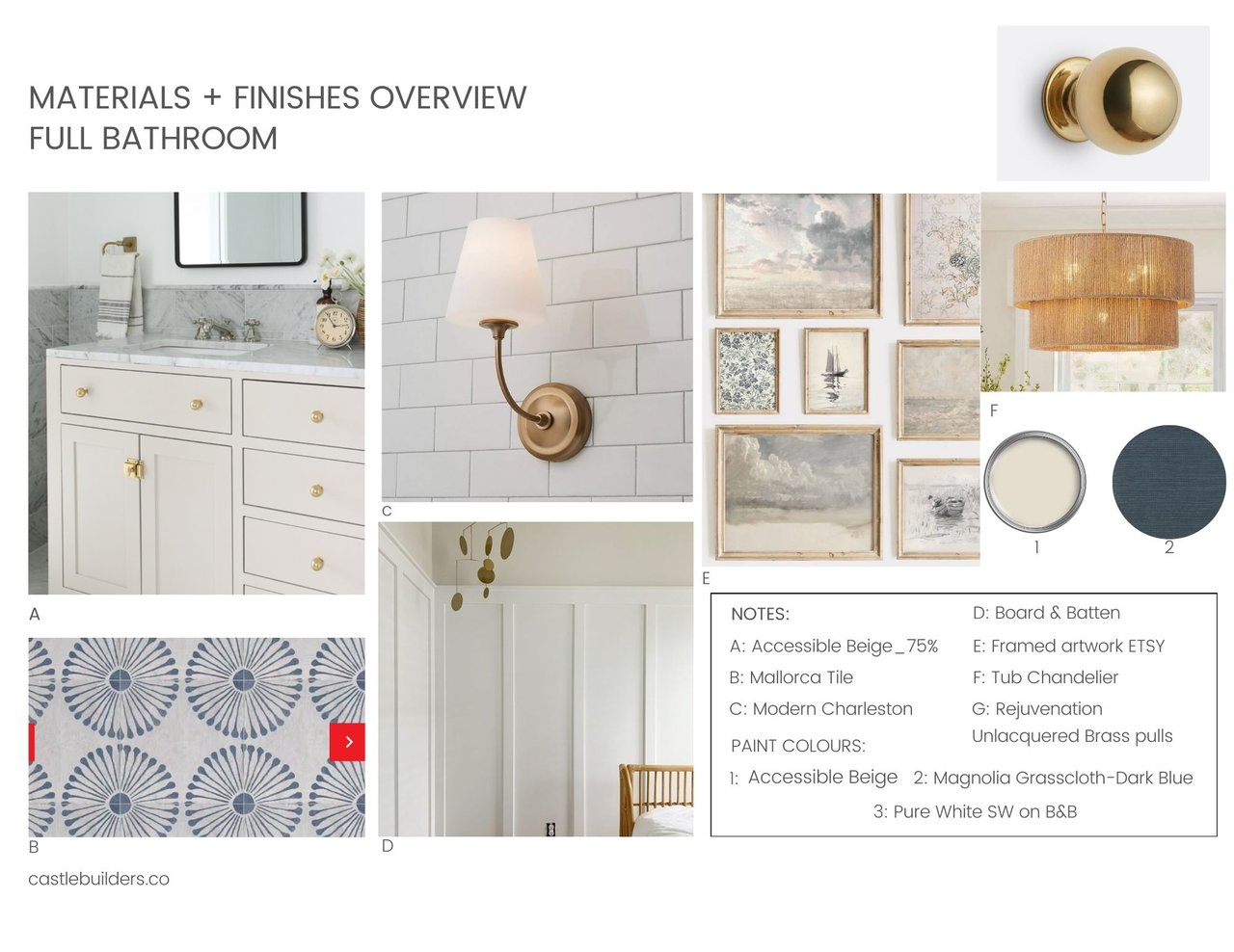
FRAMING THE ISSUE
Kelley Lowder August 19, 2024

Kelley Lowder August 19, 2024
When it comes to new construction, one of the most crucial aspects often overlooked by homeowners is the framing. The quality of a home’s framing not only affects its structural integrity but also its energy efficiency, durability, and overall long-term performance. A key factor in this discussion is the spacing of the studs—whether they are framed at 24 inches on center (OC) or 16 inches on center (OC). This difference might seem small, but it can have a significant impact on the quality of your home.
What Does "On Center" Mean?
"On center" refers to the distance between the centers of two adjacent studs in a wall. Studs are the vertical wooden or metal beams that form the skeleton of your home, and their spacing is a critical decision made during construction. In residential framing, the two most common stud spacings are 16 inches and 24 inches on center. While both are permitted by building codes, the choice between the two often comes down to cost, quality, and the builder’s priorities.
Why Some Builders Frame at 24 Inches On Center
Framing at 24 inches on center is often chosen by builders looking to reduce material costs and speed up the construction process. With fewer studs required, less lumber is needed, and the framing process is quicker. This can result in lower costs for the builder, which can either translate to a lower price for the homebuyer or, in some cases, simply a higher profit margin for the builder.
Another reason some builders opt for 24-inch spacing is to improve the home’s insulation. With fewer studs, there is less thermal bridging—the transfer of heat through the wood framing, which is less efficient at insulating compared to the surrounding insulation materials. This can potentially make the home more energy-efficient if done correctly.
The Downsides of 24-Inch On Center Framing
However, the cost savings and potential energy efficiency of 24-inch spacing come with trade-offs. The wider spacing between studs can make the walls less sturdy, leading to potential issues with durability over time. Homes framed at 24 inches on center can be more susceptible to warping, bowing, and other structural issues, especially in areas with heavy snow loads, high winds, or seismic activity.
Additionally, drywall attached to studs spaced at 24 inches is more prone to sagging and cracking over time, particularly on ceilings. This can result in higher maintenance costs and a less polished finish. The overall feel of the home might also be less solid, with more noticeable vibrations and movement in the walls and floors.
Why Better Builders Frame at 16 Inches On Center
In contrast, framing at 16 inches on center is considered the gold standard for residential construction. While it requires more materials and labor, the benefits in terms of strength, durability, and overall quality are substantial.
1. Structural Integrity: The closer spacing provides better support for the walls, making them stronger and more resistant to movement. This is particularly important in areas prone to extreme weather conditions or seismic activity. A home framed at 16 inches on center is generally more robust and will stand the test of time.
2. Smoother Finishes: Drywall and other wall finishes perform better when attached to studs spaced at 16 inches. There is less chance of sagging, cracking, or warping, which translates into fewer repairs and a more polished look over the years.
3. Resale Value: A well-built home with framing at 16 inches on center is more likely to maintain its value over time. Buyers are increasingly aware of construction quality, and homes with superior framing are often seen as more desirable.
4. Peace of Mind:When you invest in a home built with closer stud spacing, you’re investing in peace of mind. You know that your home is constructed with durability in mind and will withstand the challenges that time and weather can bring.
Conclusion: Invest in Quality
When building a new home, it can be tempting to cut costs in areas that aren’t immediately visible, like the framing. However, this is a decision that can have long-lasting consequences. Framing at 16 inches on center is a sign of a builder who prioritizes quality and durability over short-term savings. While it may cost more upfront, the benefits in terms of structural integrity, appearance, and long-term value make it a worthwhile investment.
If you’re in the market for a new home or considering building one, don’t hesitate to ask your builder about their framing practices. Ensuring your home is framed at 16 inches on center is a simple way to secure a higher-quality build that will serve you and your family well for years to come.

Storage & Organization Projects for a Busy Season

The Ultimate Guide

Why Soundproofing Matters in Home Construction


(Without the Stress)

Decorating for Memorial Day, Fourth of July & the Rest of Summer

(And How to Avoid It!)

How to Avoid Remodeling Remorse

We pride ourselves in providing personalized solutions that bring our clients closer to their dream properties. Whether through construction projects or real estate sales, we are committed to excellence.